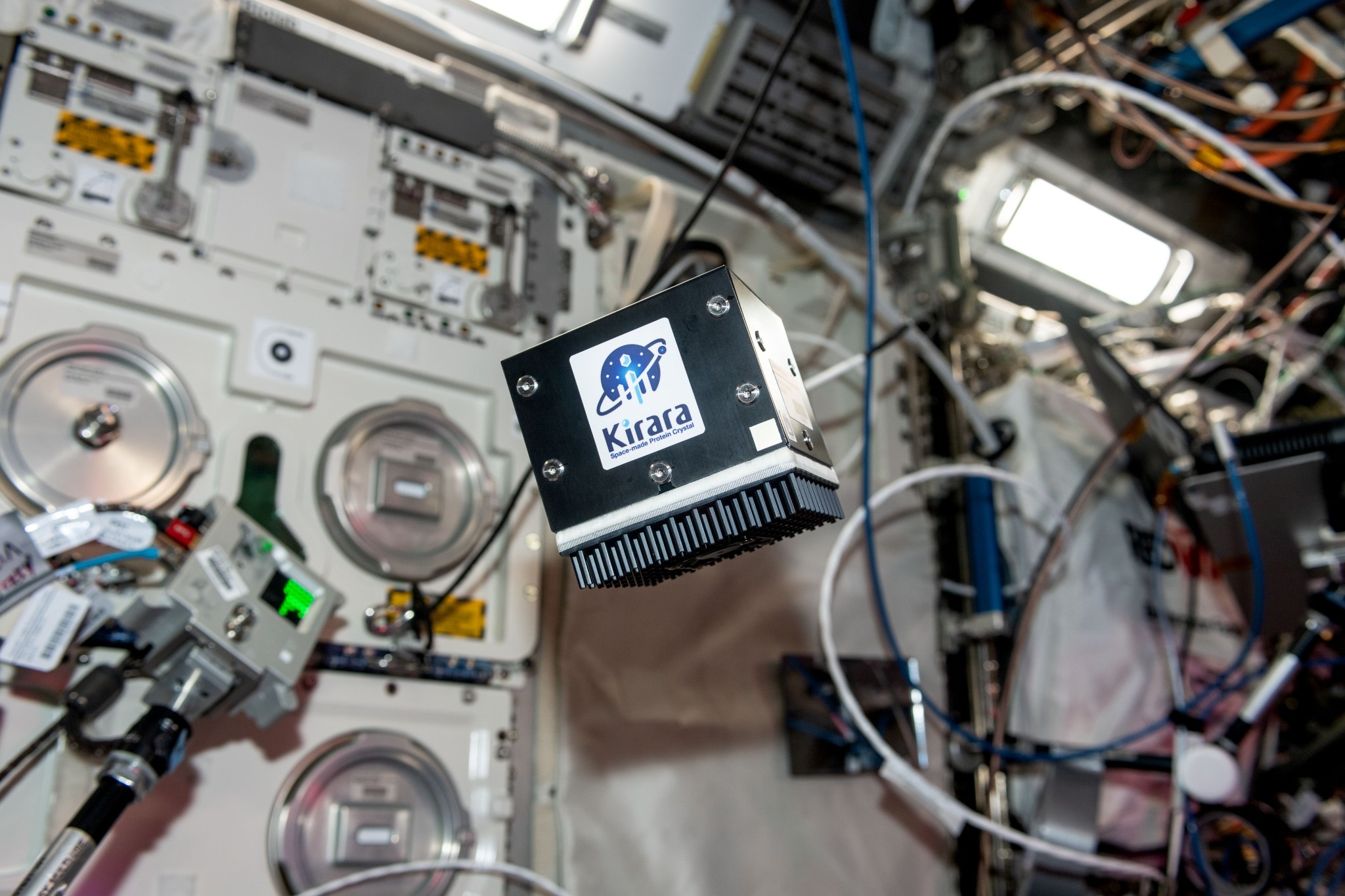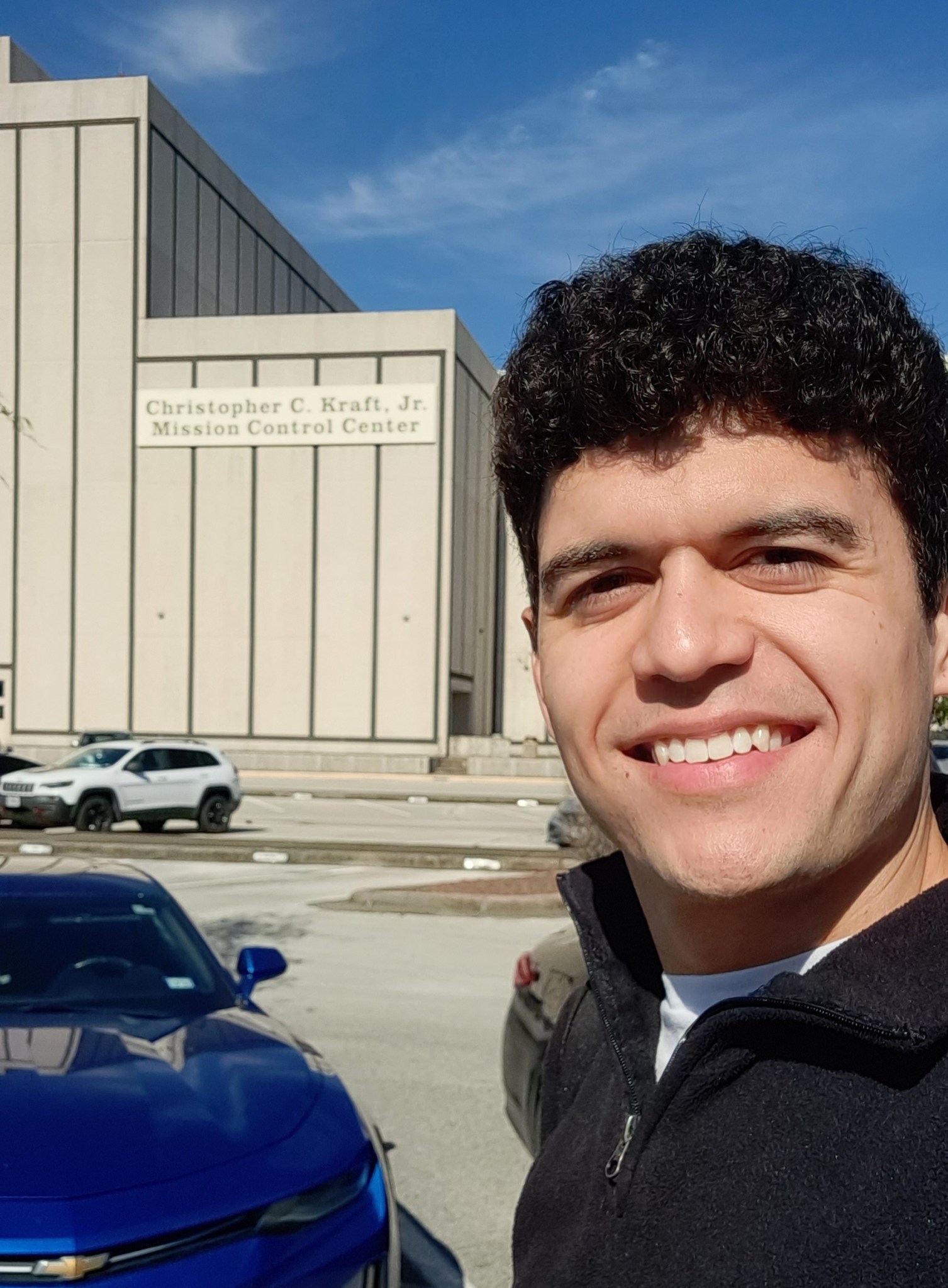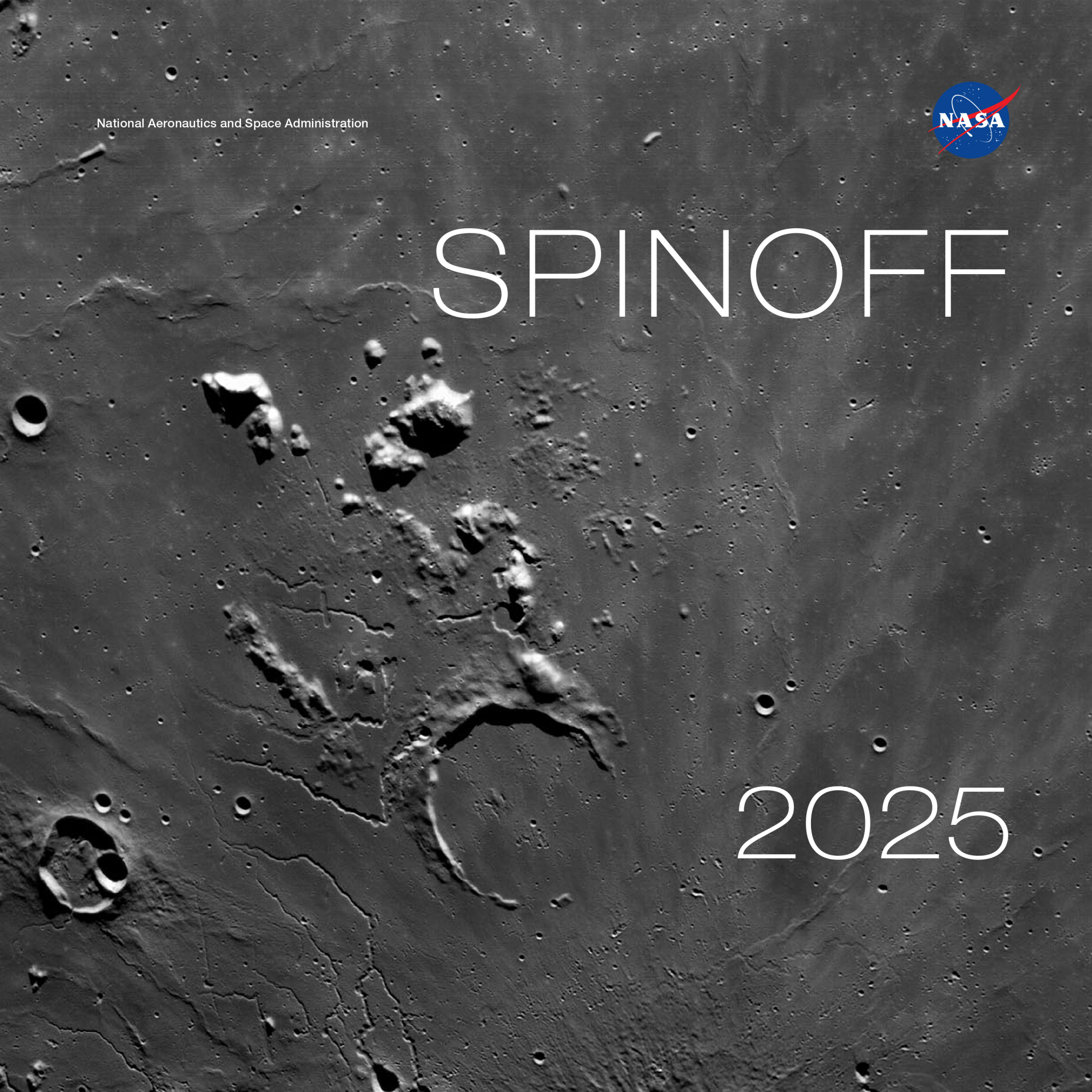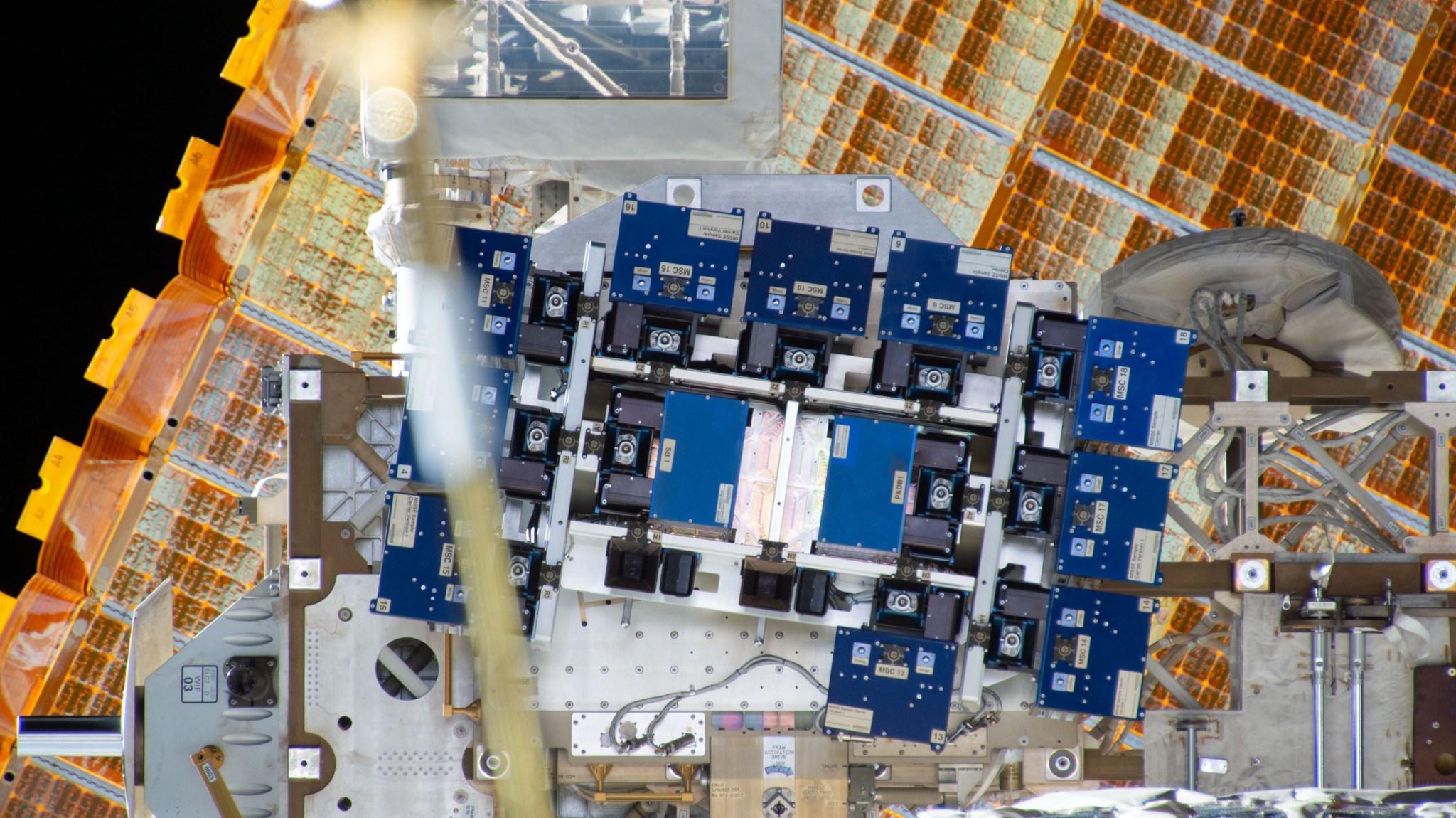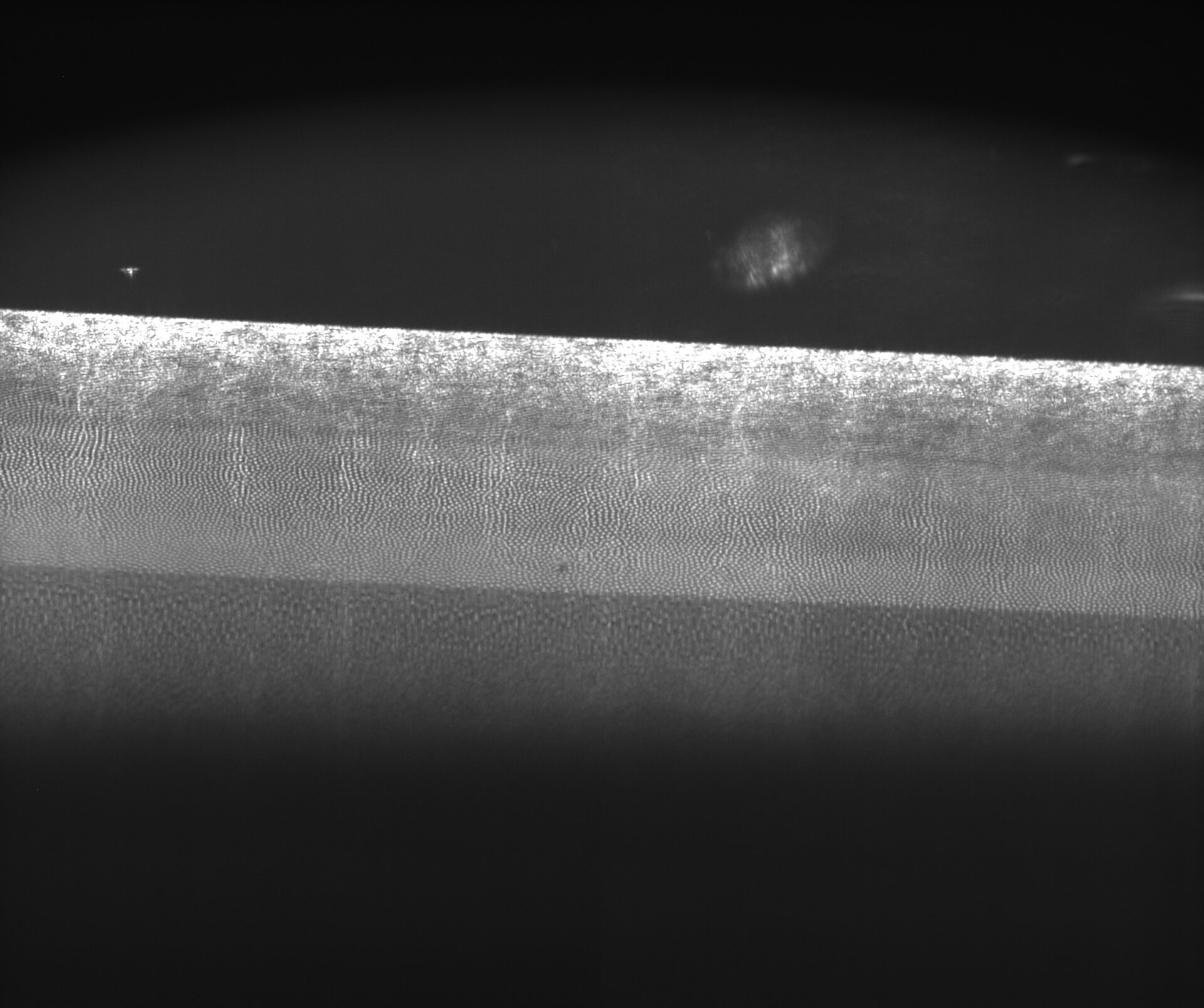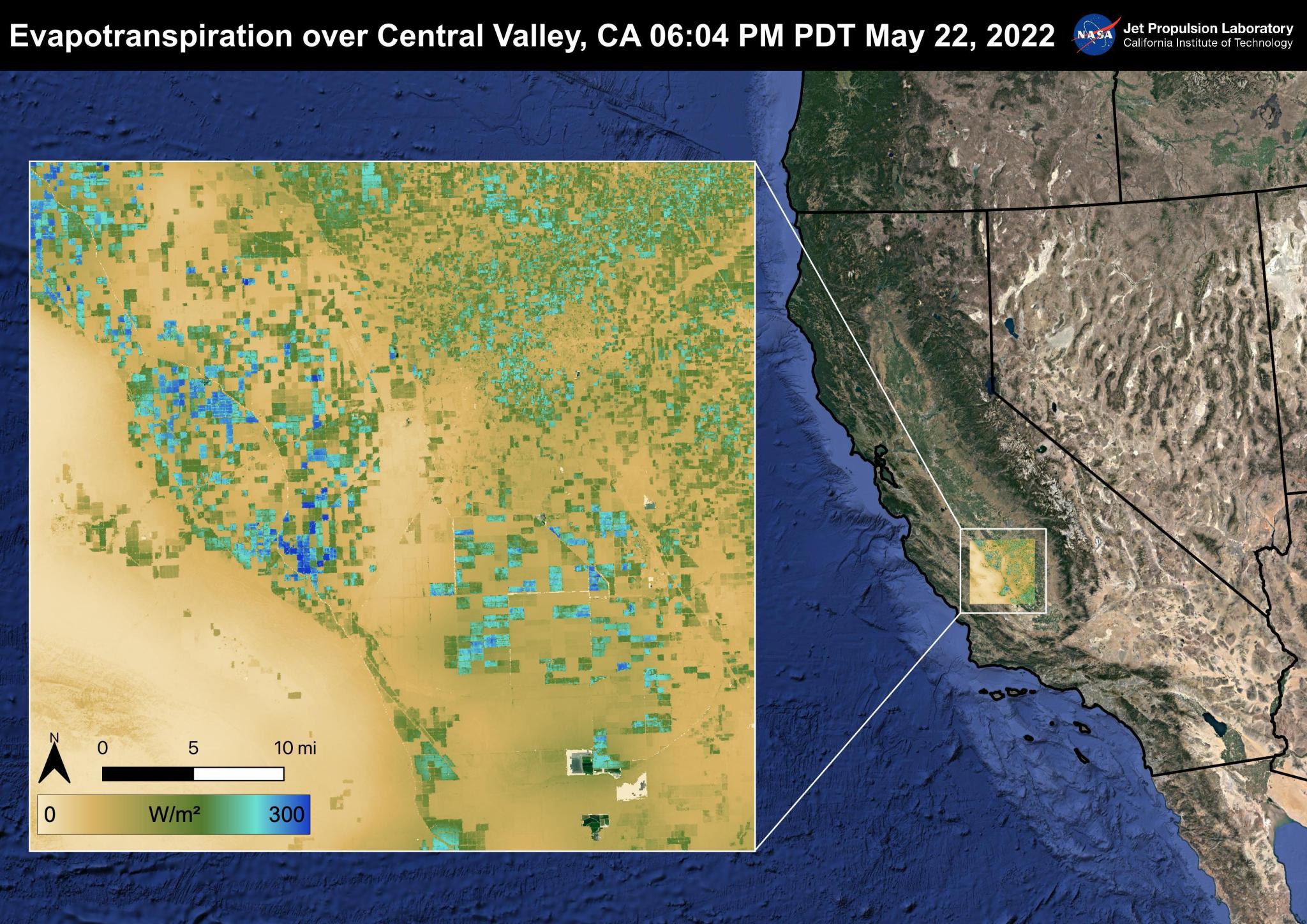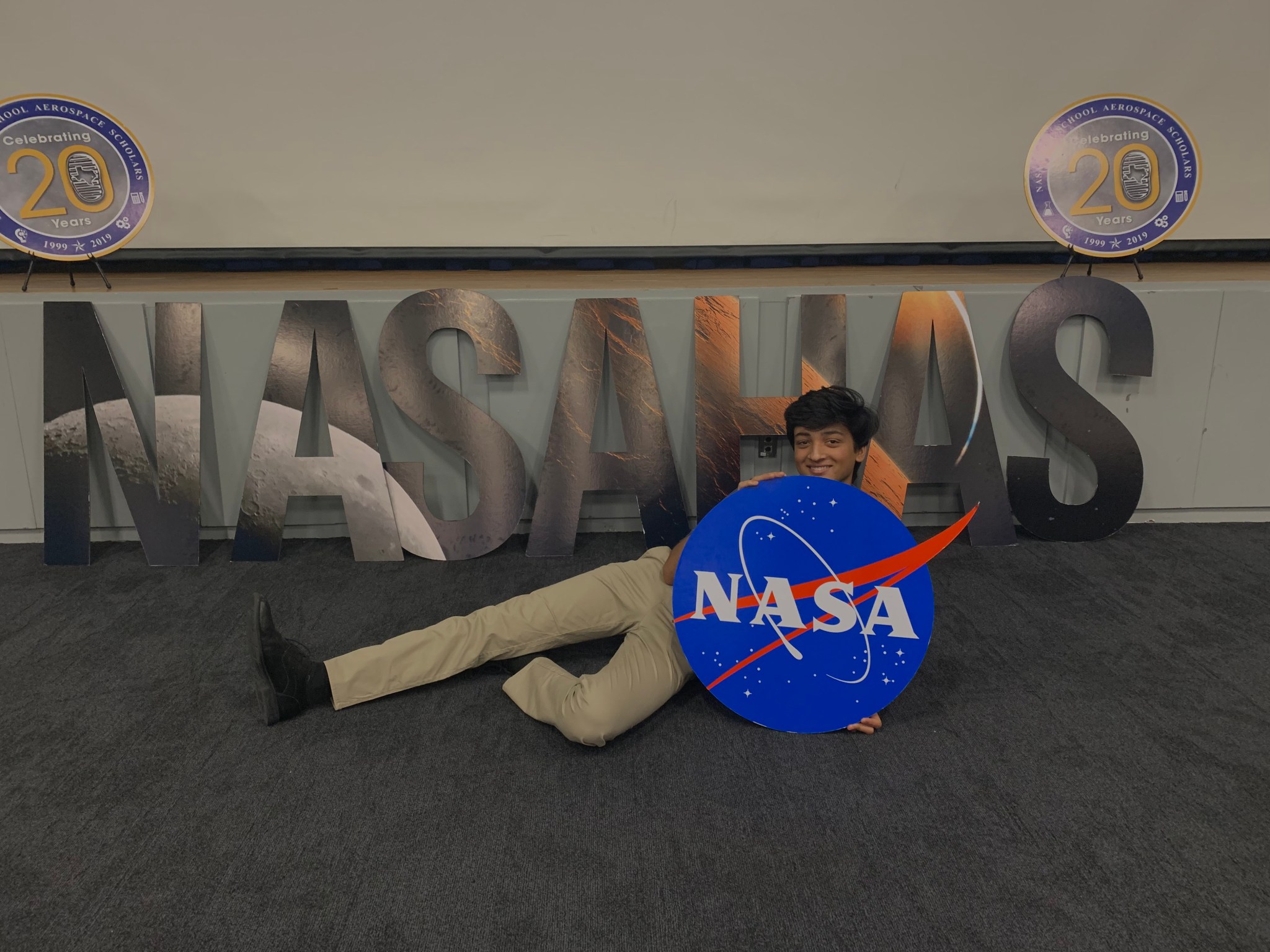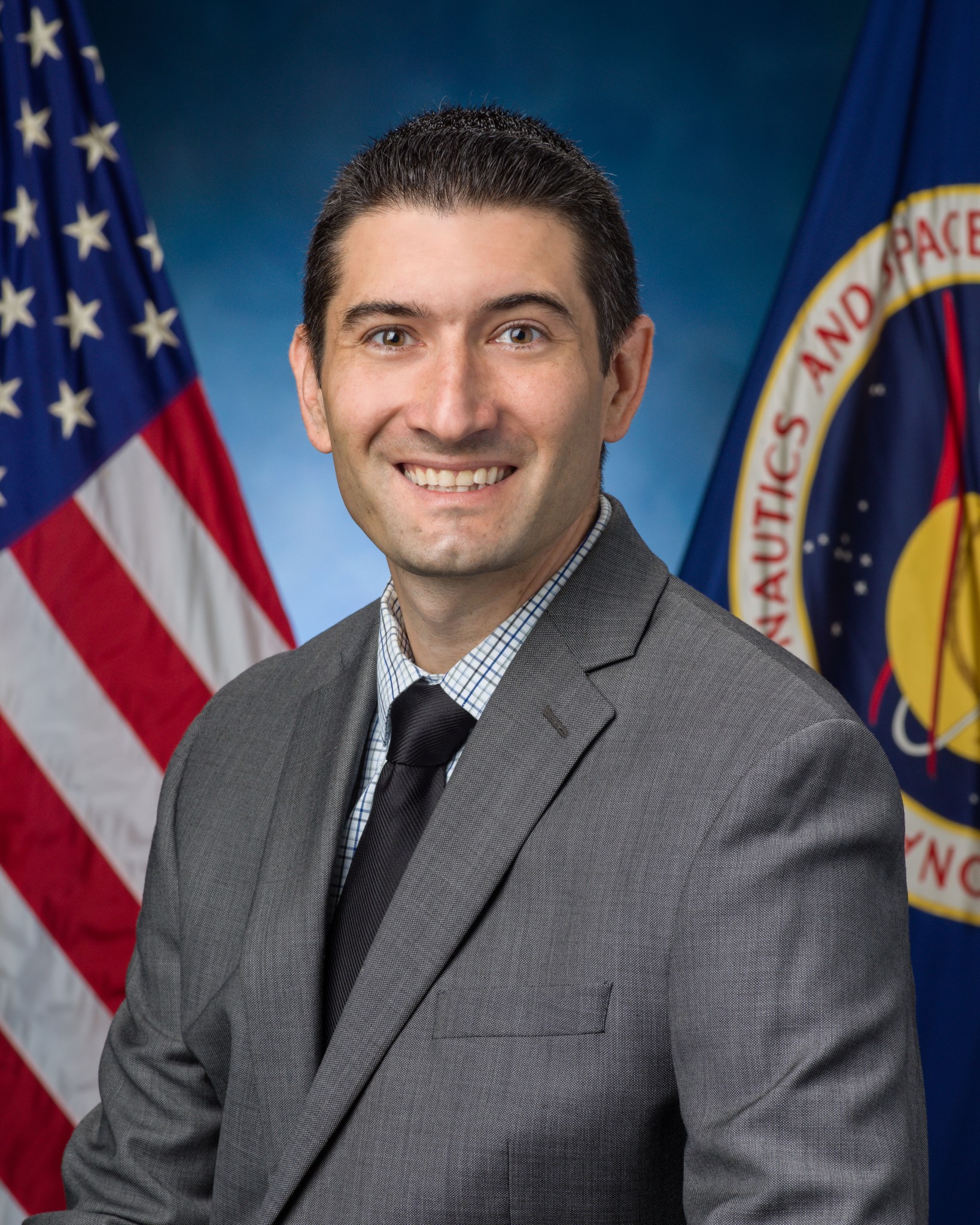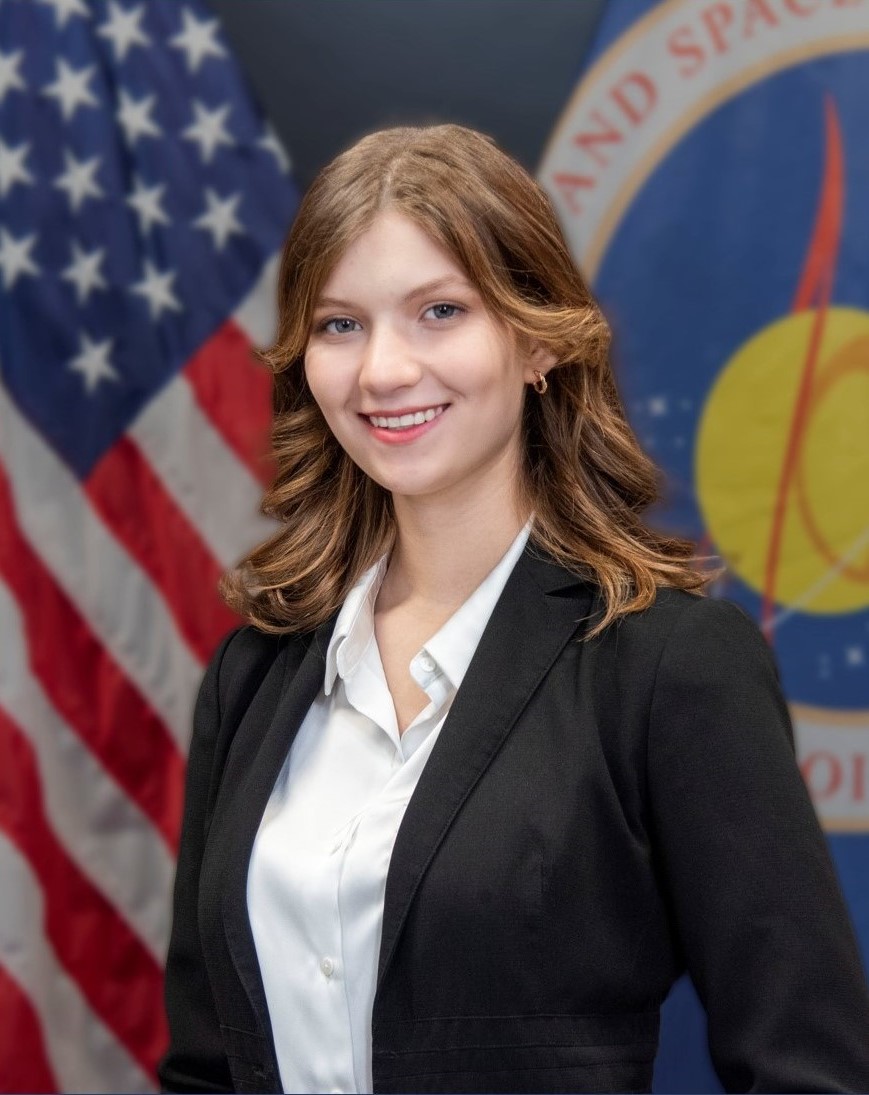Improving space-based pharmaceutical research View of the Ice Cubes experiment #6 (Kirara) floating in the Columbus European Laboratory module aboard the International Space Station. UAE (United Arab Emirates)/Sultan Alneyadi Researchers found differences in the stability and degradation of the anti-Covid drug Remdesivir in space and on Earth on its first research flight, but not on a second. This highlights the need for more standardized procedures for pharmaceutical research in space. Long-term stability of drugs is critical for future space missions. Because multiple characteristics of spaceflight could influence chemical stability, the…
Read MoreTag: NASA Centers & Facilities
Guiding Orion: Jorge Chong’s Mission to Advance Deep Space Exploration
Jorge Chong is helping shape the future of human spaceflight, one calculation at a time. As a project manager for TRON (Tracking and Ranging via Optical Navigation) and a guidance, navigation, and control (GNC) test engineer in the Aeroscience and Flight Mechanics Division, he is leading efforts to ensure the Orion spacecraft can navigate deep space autonomously. Jorge Chong in front of the Mission Control Center at NASA’s Johnson Space Center in Houston when he helped with optical navigation operations during Artemis I. Image courtesy of Jorge Chong “GNC is…
Read MoreNASA’s Advancements in Space Continue Generating Products on Earth
The cover of Spinoff 2025, NASA’s annual publication that chronicles commercial products born from space technology, is a detailed view of the lunar surface captured by cameras on the Orion spacecraft on a close approach of the Moon during the Artemis I mission. Credit: NASA The latest edition of NASA’s Spinoff publication, which highlights the successful transfer of agency technology to the commercial sector, is now available online. For nearly 25 years, NASA has supported crew working in low Earth orbit to learn about the space environment and perform research…
Read MoreStation Science Top News: Jan. 31, 2025
Seeds survive space A close-up view of the Materials International Space Station Experiment hardware housing materials for exposure to space. NASA Researchers found that plant seeds exposed to space germinated at the same rate as those kept on the ground. This finding shows that plant seeds can remain viable during long-term space travel and plants could be used for food and other uses on future missions. Materials International Space Station Experiment-14 exposed a variety of materials to space, including 11 types of plant seeds. The work also evaluated the performance…
Read MoreStation Nation: Meet Tandra Gill Spain, Computer Resources Senior Project Manager in the Avionics and Software Office
For astronauts aboard the International Space Station, staying connected to loved ones and maintaining a sense of normalcy is critical. That is where Tandra Gill Spain, a computer resources senior project manager in NASA’s Avionics and Software Office, comes in. Spain leads the integration of applications on Apple devices and the hardware integration on the Joint Station Local Area Network, which connects the systems from various space agencies on the International Space Station. She also provides technical lead support to the Systems Engineering and Space Operations Computing teams and certifies…
Read MoreStation Science Top News: Jan. 17, 2025
Insights into metal alloy solidification Researchers report details of phase and structure in the solidification of metal alloys on the International Space Station, including formation of microstructures. Because these microstructures determine a material’s mechanical properties, this work could support improvements in techniques for producing coatings and additive manufacturing or 3D printing processes. METCOMP, an ESA (European Space Agency) investigation, studied solidification in microgravity using transparent organic mixtures as stand-ins for metal alloys. Conducting the research in microgravity removed the influence of convection and other effects of gravity. Results help scientists…
Read MoreStation Science Top News: Jan. 10, 2025
Measurements from space support wildfire risk predictions Researchers demonstrated that data from the International Space Station’s ECOsystem Spaceborne Thermal Radiometer Experiment on Space Station (ECOSTRESS) instrument played a significant role in the ability of machine learning algorithms to predict wildfire susceptibility. This result could help support development of effective strategies for predicting, preventing, monitoring, and managing wildfires. As the frequency and severity of wildfires increases worldwide, experts need reliable models of fire susceptibility to protect public safety and support natural resource planning and risk management. ECOSTRESS measures evapotranspiration, water use…
Read MoreHigh School Aerospace Scholars Propel STEM Leaders Forward
NASA’s Office of STEM Engagement at Johnson Space Center in Houston offers students a unique gateway to opportunity through the High School Aerospace Scholars (HAS) program. The initiative provides Texas juniors with hands-on experience in space exploration, working on projects ranging from rocket building to problem-solving in collaborative teams. The stories of HAS alumni highlight the program’s impact, showcasing how it has opened doors to diverse careers in STEM and inspired graduates to empower others. Johnson Community Engagement Lead Jessica Cordero, who served as the manager of the HAS program…
Read MoreNASA Names Adam Schlesinger as Commercial Lunar Payload Services Project Manager
Official portrait of Adam Schlesinger. NASA/Bill Stafford NASA has selected Adam Schlesinger as manager for CLPS (Commercial Lunar Payload Services). Schlesinger previously served as the Gateway Program habitation and logistics outpost project lead engineer at Johnson Space Center. “I am honored and tremendously excited to take on this new role as NASA continues to enable a growing lunar economy while leveraging the entrepreneurial innovation of the commercial space industry,” Schlesinger said. Schlesinger brings more than 20 years’ experience to NASA human space flight programs. Prior to supporting Gateway, Mr. Schlesinger managed…
Read MoreHigh School Aerospace Scholars Launches Dreams, Inspires the Artemis Generation
To put boots on the Moon—and keep them there—will require bold thinkers ready to tackle the challenges of tomorrow. That’s why NASA’s Office of STEM Engagement at Johnson Space Center in Houston is on a mission to empower the next generation of explorers in science, technology, engineering, and mathematics (STEM). Through the High School Aerospace Scholars (HAS) program, Texas juniors have the opportunity to immerse themselves in space exploration through interactive learning experiences. “HAS is such an important program because we introduce students to the multitude of careers and experiences…
Read More